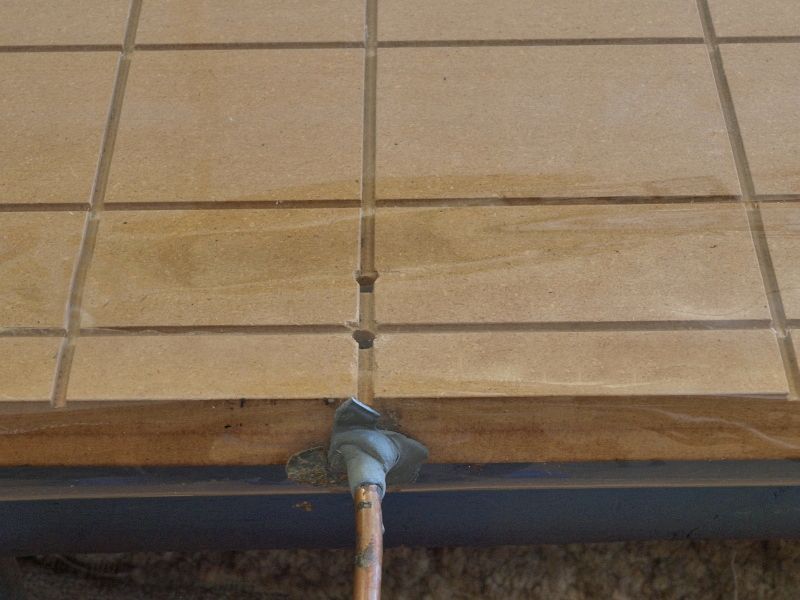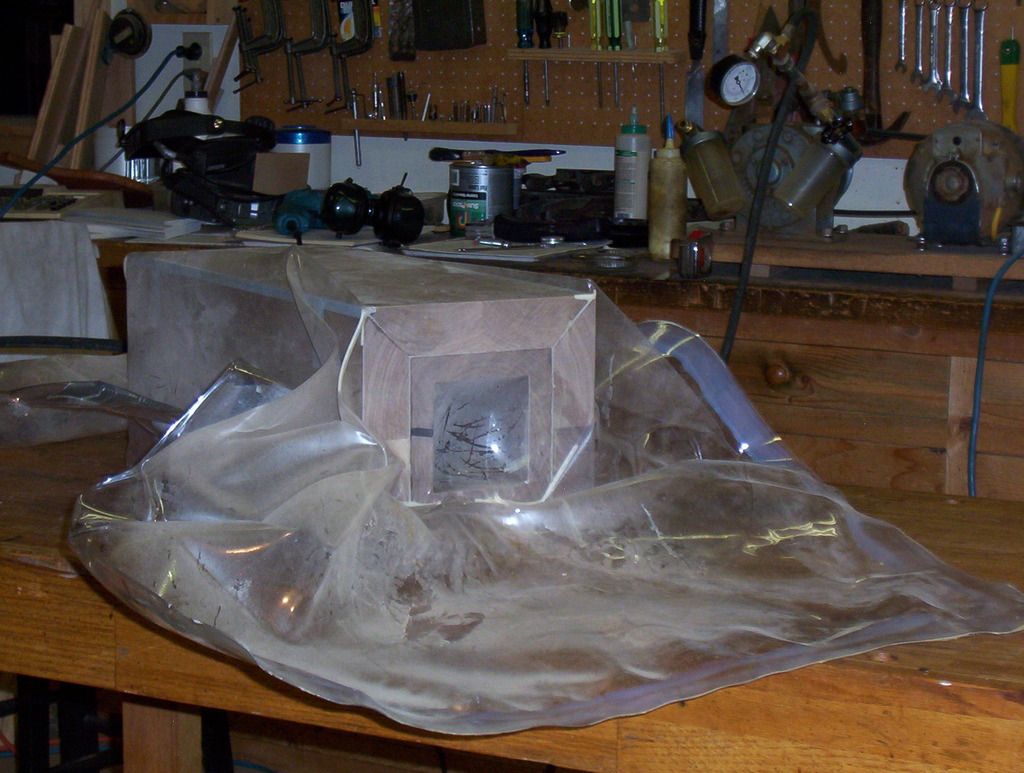I've tried searching the forum for this information but as you can imagine, the words Vacuum & Bags comes up A LOT in regard to dust collection.
I am about to purchase a Vacuum press system from JoeWoodworker but would like to make my own bags.
It appears relatively straight forward but I've not seen a good example of it being done:
- materials
- adhesives
- valve placement
- etc
I am quite certain this is not terribly difficult but since I have never made one I could be totally wrong.
My project will involve bending several sheets of wood over a solid foam form.
The form will be similar to a parabolic arc 18" deep and 18" tall. The base of the form will be 16"x18"
I realize I will need to do some testing as this is my first experience with a vacuum press.




 Reply With Quote
Reply With Quote
 I have bags from Joe and they are really nice quality.
I have bags from Joe and they are really nice quality.





